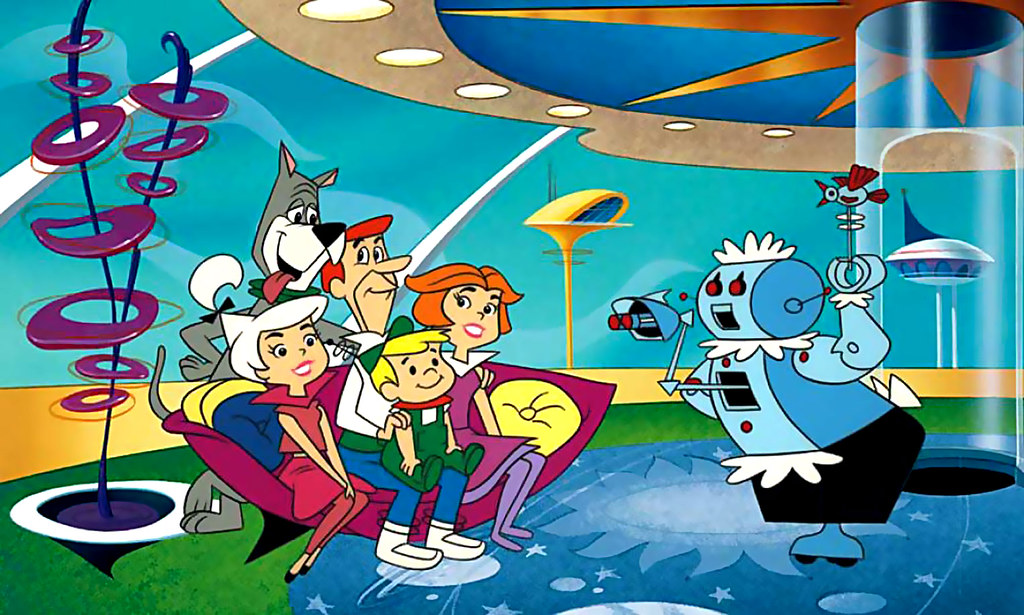Key changes to result from the rise of machines in the workplace that we can anticipate over the next 13 years include:
- Cloud computing would become the norm.
- While some jobs will be handled by machines, new jobs that don't exist yet will make up the majority of positions in 2030.
- The machine and human interaction will yield greater efficiency in finding talent, managing teams, delivering products and services.
- Workers will learn what they need to do 'in-the-moment,' while on the job to keep up with the skills in demand for the rise of machines in the workplace.
The whole nature of individual careers is expected to change. "By 2030, expectations of work will reset and the landscape for organizations will be redrawn, as the process of finding work gets flipped on its head." The trend currently observed of people working in a "gig economy" is expected to grow to the extent that people would find that they are hired for tasks rather than permanent positions.
The report also envisions a future in which people would not be seeking jobs as much as the jobs will be looking for them: "Reputation engines, data visualization, and smart analytics will make individuals' skills and competencies searchable, and organizations will pursue the best talent for discrete work tasks." As organizations hire people exactly where and when they are needed, they will gain the advantage of becoming "leaner and more competitive," as well as "more agile and profitable," thanks to the reduction in "costs and overheads."
Workers would gain a kind of agility, as well as get trained "in-the-moment" for the tasks required by the organization. Maguire explained that thanks to immersive technologies like AR and VR, workers would not "have to leave the job to complete a curriculum" for retraining. Instead, they'd be able to apply "a digital layer over work stations" that could guide them in new skills and applications right in the workplace.
from
Preparing for Our Future: The Human Partnership with Machines


